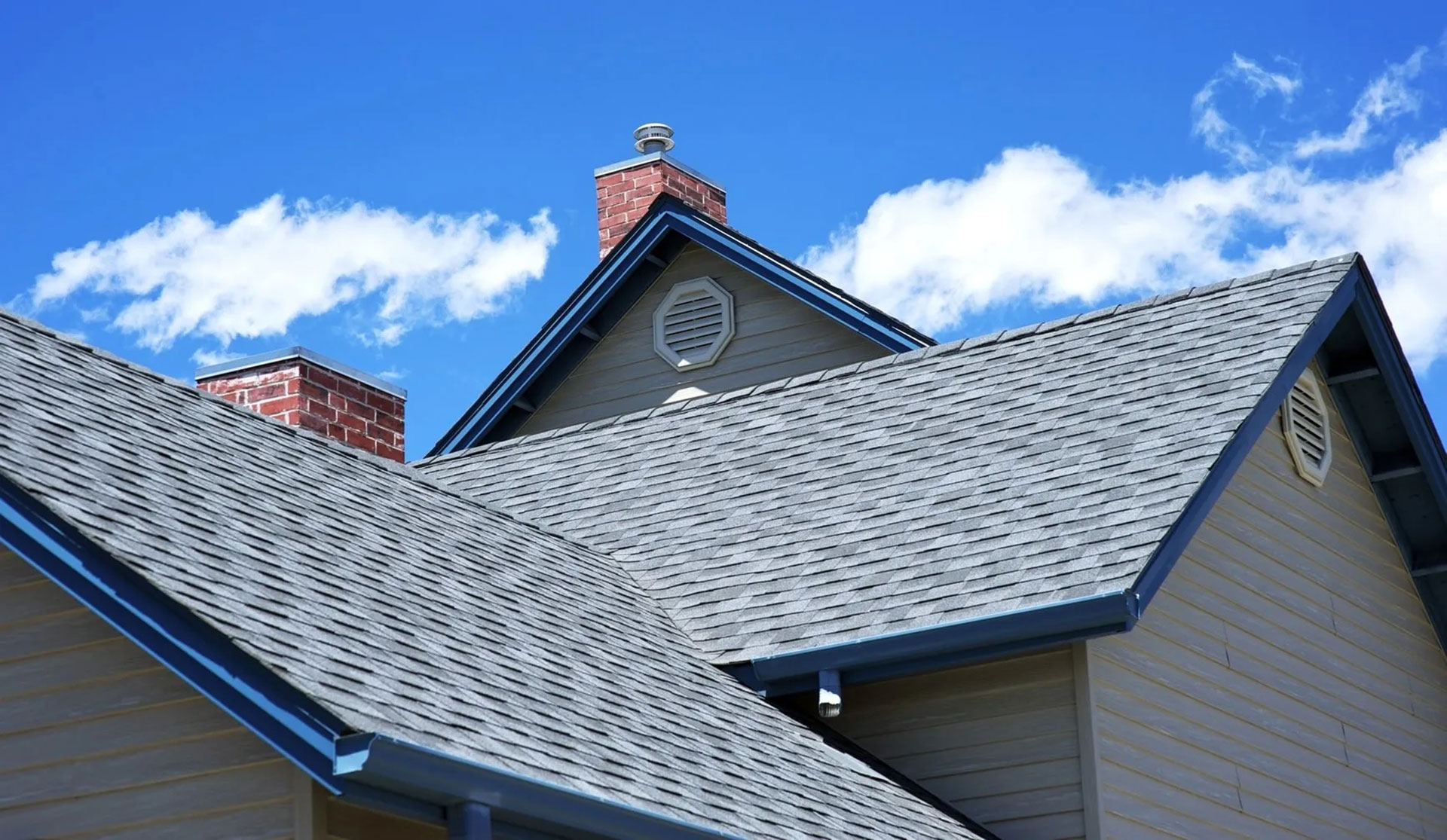A Roofing Contractor Offering Roof Replacement and Repair Services in New Hampshire and Maine
The roof on your home in New Hampshire or Maine has sustained damage or is failing due to old age, and you’re feeling stressed about finding a roofing company you can rely on for a solution. At Dwight and Sons Contracting, Inc., we’re prepared to set your mind at ease. With more than two decades of experience and one of the highest credentials attainable, we are the roofing contractor that local homeowners trust for exceptional service. Contact us today to tell us about your roof, and we’ll tell you how we can help.



